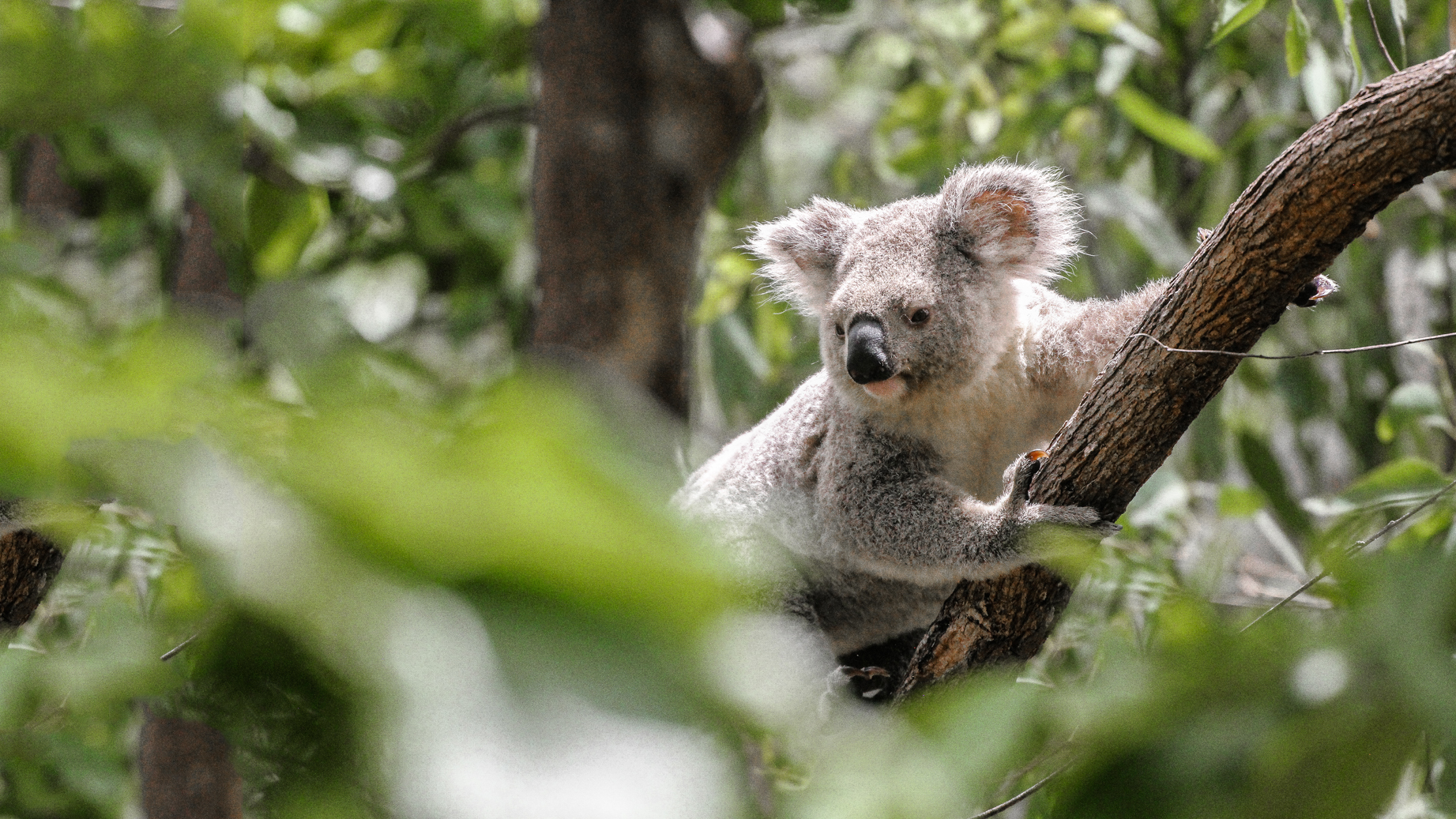Australia is home to four native species of flying-foxes (grey-headed, black, little red and spectacled), all of which play vital roles in pollination and seed dispersal. Sadly, flying-fox populations are in rapid decline, with some species now listed as vulnerable or endangered. These magnificent creaturesare increasingly under threat due to climate change, habitat...
The emergence and worldwide spread of the COVID-19 pandemic has had an overwhelming effect on both human health and the global economy. Understanding how this disease first arose should be of critical concern to governments around the world. Identifying, and addressing, the source of COVID-19 may be crucial in preventing the next pandemic.
Animal-based diseases (zoonoses) account for an estimated 73% of all emerging infectious diseases affecting humans. Wildlife markets of the type linked to both SARS and COVID-19, where many species of wild animals are crowded together under unhygienic and stressful conditions and frequently slaughtered on the premises, provide ideal circumstances for the spread of zoonoses. These include diseases caused by coronaviruses transferred to humans through a range of intermediate host species.


